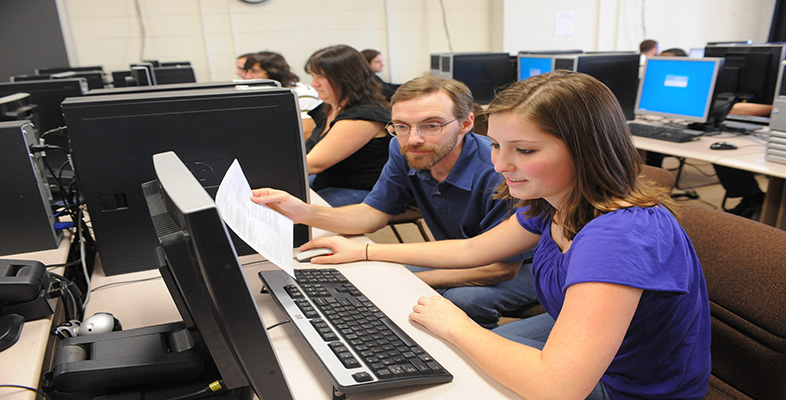7.1 How does learning take place in the open?
Activity 14: become a learner
Using OpenLearn or any other source of OERs, find a topic that interests you. Now become a learner! Sign up and register or commit to starting working through the resource. This differs from asking you to review material and you may well find that you start to think about the presentation and design of material in different ways. Reflect on what you are looking for and what is keeping you going.
Does access to content bring benefits to users?
The primary aim of OpenLearn was to provide resources that were available as far as possible without any barrier to use and reuse. This meant providing free content that was accessible without any registration and with an explicit licence that allowed reuse. In OpenLearn we know that there were many people who made use of the site, with access of the resources reaching up to 11 million unique visitors per year. A majority of these visitors only access the site for a short time, but others engage more closely with the materials.
Surveys and study of the way the site is access revealed some interesting approaches and motivations in the way that people use the site. Using OpenLearn is seen both as a leisure activity that is fun in itself and also as a step towards more formal courses. The appeal of different aspects of the site clustered in the data around those who identified more social connections as the attraction (‘social leaners’) and those who were more interested in the structured learning material itself (‘volunteer students’). Social learners use the content as a way to connect with other people who shared the same interests and appear less interested in working through content. Volunteer students include those who want to learn but use the open resources for reasons of time, cost and opportunity.
Activity 15: what sort of learner?
Which are you – a social learner or a volunteer student? If you were looking for content to work through, do you want structure, pace and visible goals, or freer options with no need to assess yourself and links to other people interested in the same area? Of course, these are not exclusive motivations, but they do lead in different directions. Courses that are free but based strongly on formal structures with start dates and assessment show that there are significant numbers of users that are interested in being ‘volunteer students’.
